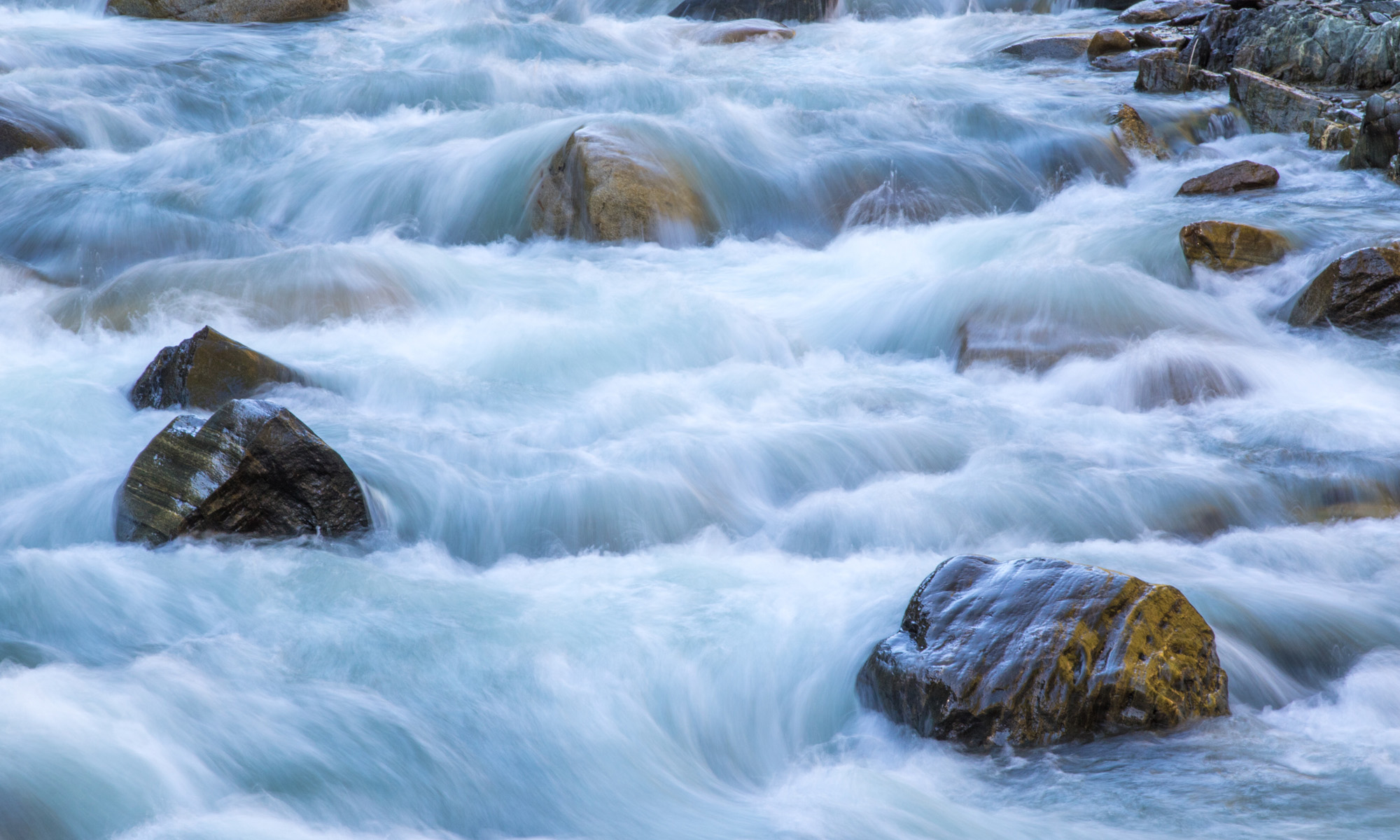Today’s Question: Is there anyway to make presets [in Lightroom Classic CC] that changes the slider relative to the current setting? For instance, if you have already adjusted a slider value to +30 or +42 or -25 can you make a preset that adds 10 to any of these values, resulting in new values of +40, +52 or -15?
Tim’s Quick Answer: No, the adjustments saved in presets in Lightroom are absolute adjustments rather than relative adjustments. The only way to apply relative adjustments is through the Quick Develop panel in the Library module, and you can’t create presets based on the Quick Develop adjustments.
More Detail: When you save a preset in Lightroom, you are for the most part saving specific adjustment values you want to apply to other images. The only “variable” adjustments would be things like the Auto Settings option, or the “Auto Black & White Mix” option for black and white conversions.
By contrast, the Quick Develop adjustments found on the right panel in the Library module provide the ability to apply relative adjustments. So, for example, if you have already increased the Vibrance adjustment to a value of +5, clicking the single right arrow for Vibrance under Quick Develop would increase that value by five, to an adjustment setting of +10. If you then click the double right arrow for Vibrance in Quick Develop, the value would be further increased by twenty, to an adjustment setting of +30.
However, the relative adjustments found in the Quick Develop section within the Library module can’t be saved as part of a preset. So if you want to apply adjustments relative to existing adjustments, rather than that replace that adjustment, you’ll need to directly use the Quick Develop adjustments rather than using a preset.
Note, by the way, that you can apply relative adjustments to multiple images at the same time with the Quick Develop controls. You just need to select multiple images first, and be in the Grid view (rather than the Loupe view, for example) before adjusting the Quick Develop controls.

